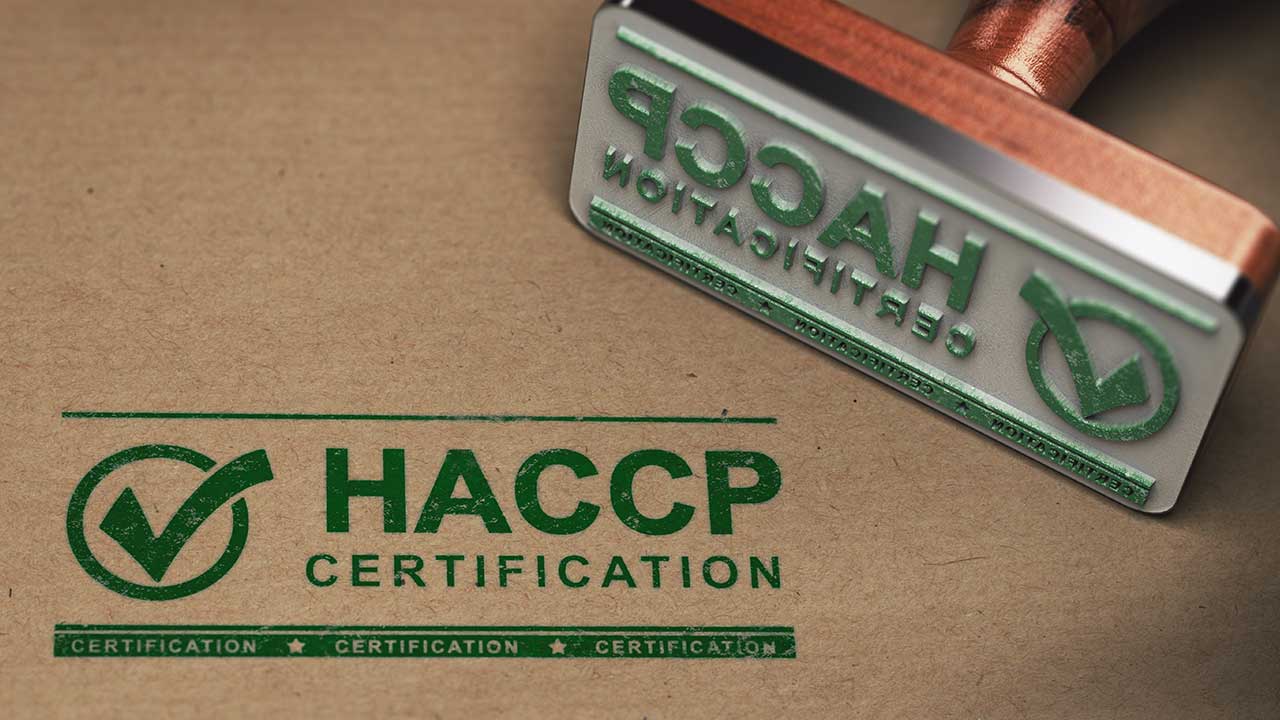What Are The Principles Of HACCP?
The main aim of HACCP is to make sure the food being served in restaurants and hotels is clean and safe. They basically monitor the cleanliness of your restaurant so that they can authorise your opening or end up shutting down your restaurant for good. Because of this organisation, you are assured that the food you are eating is clean. Many of us love visiting new restaurants and trying out new things, and sometimes we are skeptical about the cleanliness of the cooks or how good the food is being cooked. You don’t have to worry about this because HACCP is here to clear all the doubts. However, some people visit restaurants and end up falling sick; when this happens, you need to inform this agency so that they can look into the restaurant’s hygiene. When you have a restaurant, haccp compliance is essential so that you can be one of the certified restaurants in your city.
The principles of HACCP are;
- To carry out a thorough threat inspection
This principle is the most crucial as the HACCP is required to find the risk and carry out a thorough inspection of what is causing the risk if it is there. Once you find a threat, could you write it down immediately? When it comes to food, a threat, in this case, is any biological, chemical or physical agent that can make you sick. Some of the threats found are glass in the food, hair or finding harmful metals in food. The main aim of this organisation is to prevent, eliminate and control this particular hazard when found.
- Identify the crucial restraint point
Once you have known the threat, it is time to look for a way you can curb it and the best measure that can help you curb the threat is a critical control point. Various CCPs are needed to control one threat, but again, the type of critical control point is determined by how dire the threat is, and the information the HACCP’s collected will determine the measure to be taken.
- Establish critical limits
The critical limit is the utmost or feeblest value that a biological, chemical and physical parameter must be regulated at CCP so that the problem can be deterred, eradicated or decreased. The critical limit deals with things like time, temperature, water activity and pH, together with other scientific standards.
- Monitor CCP
The HACCP needs to interpret the various monitoring techniques so that the ratio of the critical limit can be accurate. The monitoring techniques need to describe how the measurements will be taken when they will be taken and who will take the ratios. How often the ratios need to be carried out also must be considered.
Conclusion.
HACCP does a great job of b trying to deal with threats that are harmful to our bodies. They also make sure that restaurants feed their customers with clean food so that they don’t get sick. They also identify restaurants that are not clean and shut them down.




